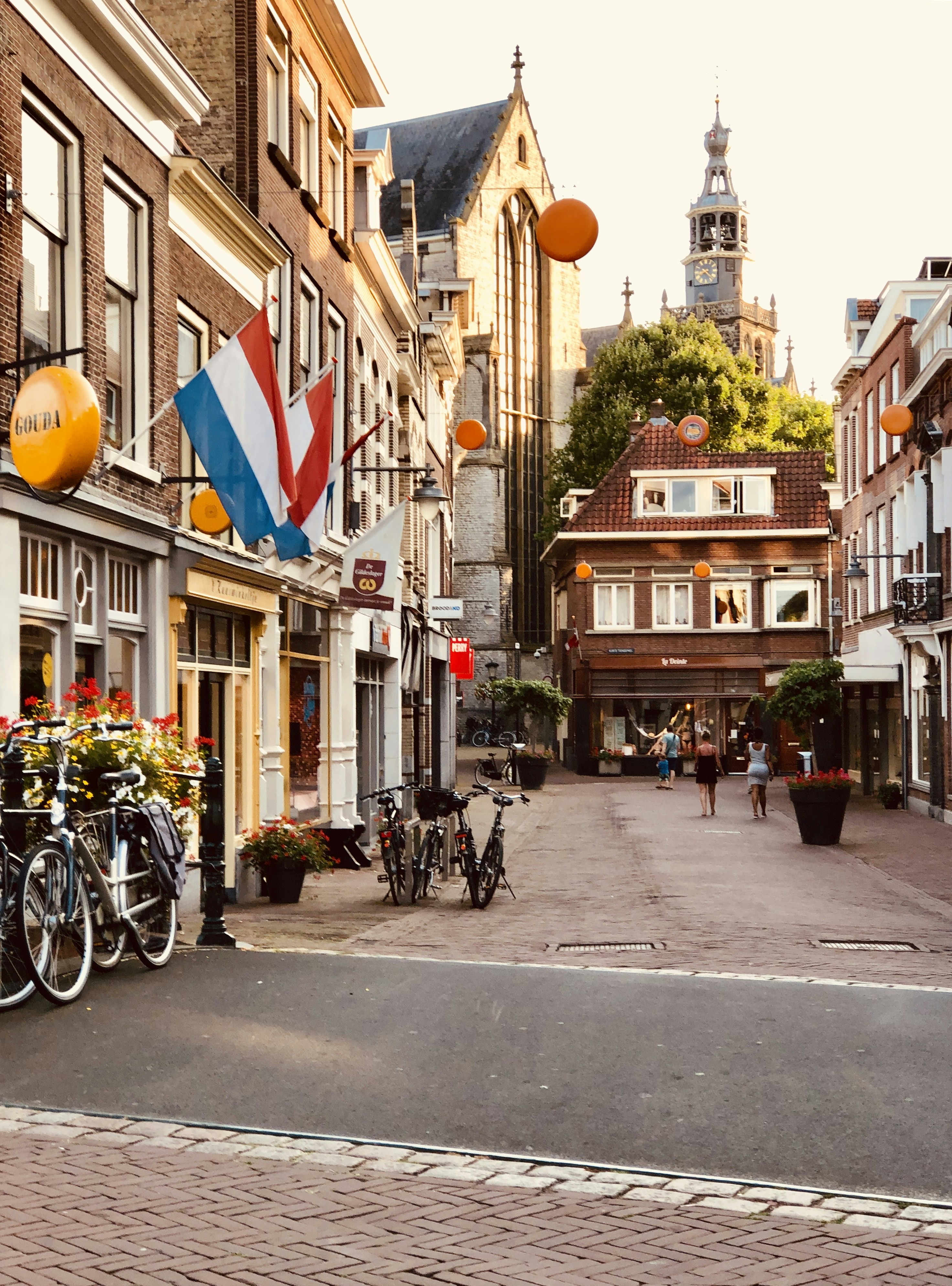A Brief History of Belgian Chocolate
The history of chocolate in Belgium is a fascinating journey that dates back to the 17th century. The introduction of cocoa beans from the Americas marked the beginning of what would eventually lead to Belgium emerging as a leading name in the chocolate-making world. Initially, cocoa was enjoyed predominantly in liquid form as a beverage, cherished by the nobility and later revealed to the general population. This initial phase laid the groundwork for the future development of solid chocolate.
In the 19th century, significant advancements occurred, contributing to the rise of Belgian chocolatiers who would lay the foundation for an industry renowned for its quality and innovation. A pivotal figure during this era was Jean Neuhaus, who, in 1857, opened his pharmacy in Brussels. Neuhaus began filling chocolate-covered shells with praline, a creation that would revolutionize Belgian chocolate. This innovation transformed the act of chocolate consumption, turning it into an art form and making pralines a beloved treat both at home and abroad.
Furthermore, the 19th century also saw the introduction of the conching process by Rodolphe Lindt, a technique that enhanced the chocolate’s texture and flavor. This advancement paved the way for smoother and more enjoyable chocolate experiences, which Belgian chocolatiers quickly adopted and perfected. The burgeoning demand for high-quality chocolate led to the rise of various artisan chocolatiers across Belgium, each vying to create unique flavors and techniques that would distinguish their offerings in a competitive market.
Today, Belgium stands as a symbol of chocolate excellence, with its rich history serving as a foundation for the continuous evolution of chocolate-making practices. The dedication to quality and craftsmanship is evident in the artisanal chocolatiers, who uphold traditional methods while also embracing new innovations to capture the palates of chocolate lovers worldwide.
The Art of Chocolate Making: Techniques and Ingredients
Belgian chocolate is renowned worldwide for its exceptional quality and rich flavor, achieved through meticulous techniques and the use of premium ingredients. The journey begins with the careful selection of high-quality cocoa beans. Chocolate makers typically opt for fine varieties such as Criollo, Forastero, and Trinitario, each contributing unique flavor profiles. Sourcing these beans from renowned regions like Ecuador, Ghana, or the Ivory Coast allows artisans to create distinct taste experiences in their chocolates.
The process of tempering is essential in Belgian chocolate making. This technique involves heating and cooling the chocolate to stabilize it, ensuring a beautiful sheen and a firm snap when broken. Tempering not only enhances the visual appeal of the finished product but also improves the texture and mouthfeel. Various methods, including the tabling or seeding method, are employed to achieve the perfect crystallization of cocoa butter.
Belgian chocolatiers usually create several types of chocolate, including dark, milk, and white chocolate. Dark chocolate, known for its high cocoa content, offers a rich and intense flavor, while milk chocolate is characterized by its smooth and creamy texture, a result of the addition of milk powder. White chocolate, although technically not chocolate as it lacks cocoa solids, is loved for its sweet and buttery flavor and is often utilized in innovative confections and pairings.
Another crucial aspect of Belgian chocolate making is the use of local ingredients. Fresh cream, quality butter, and premium flavors, such as vanilla or praline, significantly enhance the overall taste. Belgian chocolatiers often incorporate traditional methods and family recipes to produce unique flavors and textures, ensuring that each chocolate piece truly embodies the essence of Belgian craftsmanship. The harmonious blend of these techniques and ingredients fortifies Belgium’s reputation as the chocolate-making capital of Europe.
Famous Belgian Chocolatiers and Their Signature Products
Belgium is renowned globally as a premier destination for high-quality chocolate, thanks in large part to its celebrated chocolatiers. Among the most illustrious names in this industry are Pierre Marcolini, Neuhaus, and Godiva. Each of these chocolatiers brings with them a rich history and a commitment to excellence, ensuring that Belgium’s chocolate-making tradition continues to thrive.
Pierre Marcolini is often lauded for his artisanal approach to chocolate making. His signature product, the “Grand Cru” chocolate, showcases beans sourced from the world’s best cocoa plantations. Marcolini’s offerings are characterized by their robust flavors and intricate designs, blending traditional techniques with contemporary innovation. His commitment to exploring the nuances of each cocoa bean is evident in his creation of unique flavor combinations, allowing chocolate lovers to experience a new realm of taste.
Neuhaus, another jewel in the crown of Belgian chocolatiers, is credited with the invention of the praline in 1912. Neuhaus continues to uphold its legacy with exquisite chocolates that blend luxury with exquisite craftsmanship. Their signature product, the “Praline,” is filled with various ganaches, creams, and other delectable fillings. The chocolate’s smooth texture and rich flavor profile embody the artistry of Belgian chocolate making. Neuhaus also embraces modern trends by introducing seasonal specialties and innovative flavor pairings.
Lastly, Godiva stands as a symbol of Belgian chocolate luxury globally. Known for its elegant packaging and premium quality, Godiva’s signature truffles and pralines offer a delightful experience for discerning consumers. The brand consistently evolves, releasing limited-edition collections that highlight unique flavor infusions and seasonal ingredients, all while maintaining the classic quality that Godiva is known for.
These chocolatiers exemplify the passion and craftsmanship that define Belgian chocolate making. By honoring traditional practices while embracing modern flavor trends, they ensure that Belgium remains at the forefront of the chocolate industry.
Chocolate Tourism in Belgium: Experiences and Trails
Belgium has effectively positioned itself as a premier destination for chocolate enthusiasts through its thriving chocolate tourism scene. Visitors to this enchanting country have the opportunity to engage in a multitude of chocolate-related activities, particularly in cities renowned for their rich culinary history, including Brussels, Bruges, and Antwerp. These cities offer a plethora of options for tourists seeking to indulge in the artistry of chocolate making and sampling.
One of the most popular experiences for chocolate tourists is the guided tours available at various chocolate factories. These tours provide insights into the intricate processes involved in crafting high-quality chocolate, from bean to bar. Visitors can witness firsthand the skills of master chocolatiers as they transform raw ingredients into delectable confections. Many factories also allow guests to participate in interactive demonstrations, thus enhancing their understanding of chocolate craftsmanship.
Chocolate tastings are another integral component of Belgium’s chocolate tourism. These events typically feature a selection of fine chocolates, allowing visitors to appreciate the diverse flavors and textures available. Led by knowledgeable guides, these tastings encourage guests to explore the subtleties between different brands and varieties, further deepening their appreciation for Belgian chocolate.
Lastly, workshops focused on chocolate making provide an immersive experience for tourists eager to try their hand at creating their own chocolate delicacies. Participants learn essential techniques, such as tempering chocolate and molding, while under the guidance of experienced chocolatiers. Such workshops not only impart valuable skills but also foster a personal connection to an age-old craft that has defined Belgium’s cultural identity.
For those wishing to fully embrace the chocolate experience, dedicated chocolate trails and guided tours cover multiple establishments, ensuring a memorable journey through the heart of Belgium’s chocolate legacy. This combination of education, indulgence, and hands-on experience makes chocolate tourism in Belgium truly unique and unforgettable.


